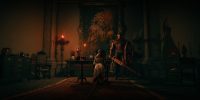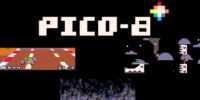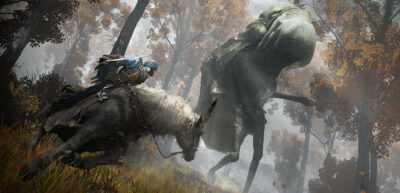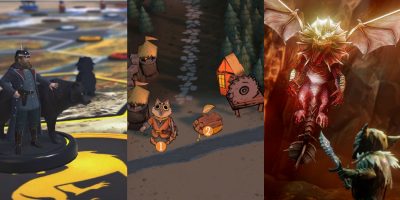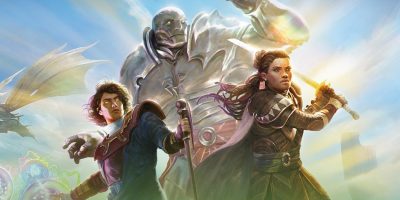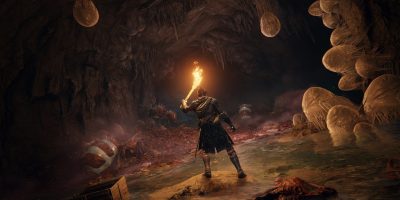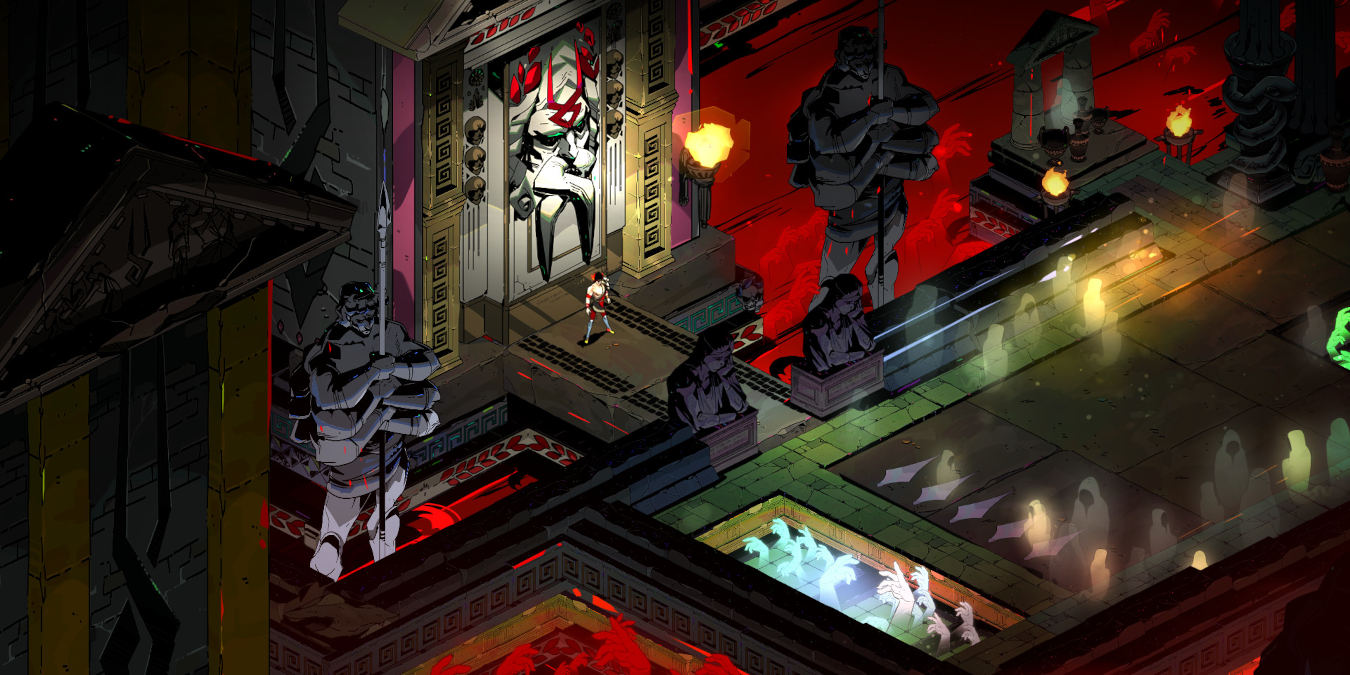
Roguelites have been gaining more popularity ever since Hades and Risk of Rain 2 took the world by storm. These two games allowed the phrases ‘roguelite’ and ‘roguelike’ to be entered into the common gaming lexicon. But what are these games? And more importantly, are these games for you?
After spending countless hours dying in multiple roguelites, we’ve made this guide to what you need to know about roguelites and which ones you should play. But to understand what a roguelite is, we first have to explore what makes a roguelike.
If you’re curious about the best free to play games on the PS4 and PS5, here’s our list of games to play!
What is a Roguelike?
The exact definition of a roguelike is a hotly debated topic and subject to plenty of interpretation. To get to the core of that definition, we’ll have to travel back to the mythical age of 1980, when the original Rogue game was released.
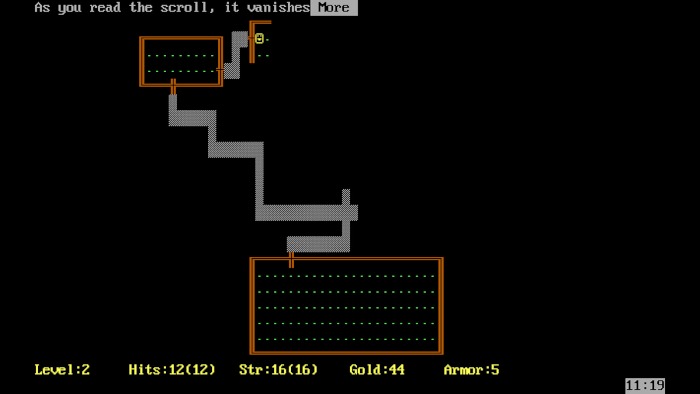
Rogue became a revolutionary game because it took the RPG concept of characters growing more powerful and combined it with permanent death, meaning when a player dies, they lose all of their equipment and must restart the game with nothing, and randomized rooms made by the computer (procedural generation). This created an addictive gameplay loop where each ‘run’ (playthrough) would be a different yet challenging experience.
In the years after, several games would copy these distinct mechanics and provide their own spin on the formula while still retaining the original feel of Rogue. These games would be known as games like rogue or simply, ‘roguelikes.’
With each subsequent game after the original Rogue, the definition of a roguelike would get murkier. Currently, there are two definitions that are wonderful starting points for what a roguelike is. These definitions are the Berlin Interpretation and the definition from Temple of the Roguelike’s Slash.
The Berlin Interpretation
Thanks to how murky the definition of a “roguelike” became, three prominent figures in the roguelike scene created what would be known as the “Berlin Interpretation” at the 2008 International Roguelike Development Conference.
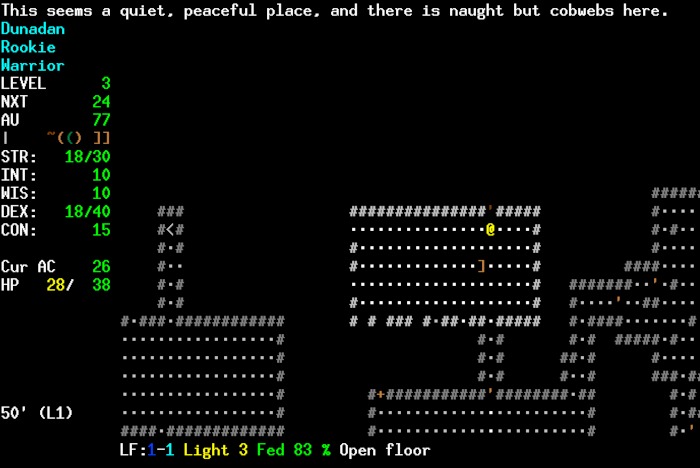
The point of the definition was to help better understand how many roguelike elements a game has. Think of this definition as a measuring tool for how much of a game is using roguelike elements.
The Berlin Interpretation creates two categories for mechanics – high-value factors and low-value factors.
High-value factors are the following:
- Random environment generation
- Permadeath
- Turn-based
- Grid-based
- Non-modal, meaning everything happens in the same mode (no overworld)
- Problems allow multiple solutions
- Resource management
- Hack’n’Slash (Player vs World)
- Exploration and discovery
Low value factors are the following:
- Single player
- Monsters are similar to players
- Tactical challenge
- ASCII display
- Dungeons
- Numbers are displayed for character stats
For more detailed information on these points, I highly recommend visiting this page.
Temple of the Roguelike’s Definition
Slash’s definition from Temple of the Roguelike is a more strict take on what points are necessary for a classic roguelike.
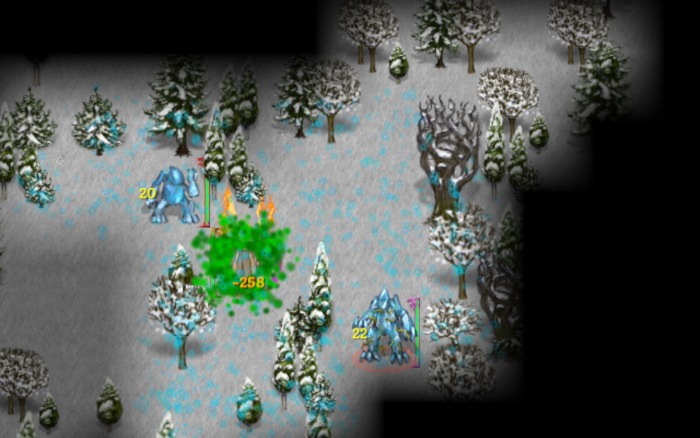
According to Slash, the points are the following:
- Turn-based
- Grid-based
- Permanent failure
- Procedural environments
- Random conflict outcomes
- Inventory
- Single character
So, what’s a Roguelite?
At its core, a roguelite is any game that takes roguelike mechanics, like procedurally generated rooms and permadeath, and then combines them with other game genres. Roguelites are considered their own genre because they deviate too far from the original Rogue game to be considered roguelikes anymore.
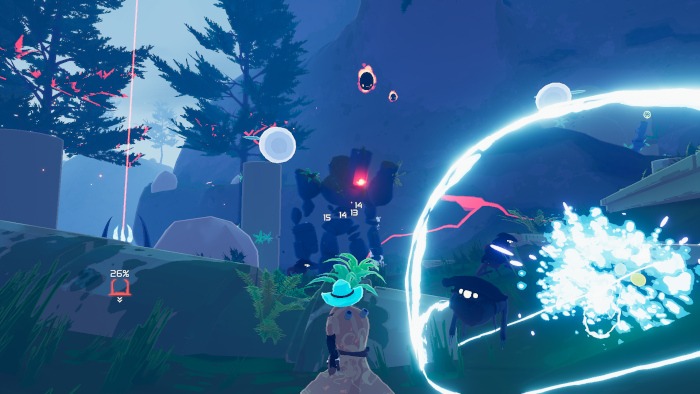
This wide definition has allowed indie developers to run wild with different ideas that all stand out in their own unique ways.
The best examples of roguelites deviating away from Rogue can be seen in popular entries into the roguelite genre like Hades, Slay the Spire, or The Binding of Isaac. While these games all share permadeath and procedurally generated maps, they differ in important ways. Hades and Binding of Isaac are both action games that are no longer turn-based or grid-based. Slay the Spire adds a deckbuilding element that goes against the idea of randomized outcomes (because cards have a predictable effect) and features an overworld (which violates the non-modal concept).
While not necessary for its definition, roguelites may also have some form of ‘metaprogression’ or a system outside of each run where your character can spend resources to become more powerful and make future runs easier. Systems like these are unique to roguelites because they toe the definition of “permadeath.” Now when your character inevitably dies in a run, some resources will carry over into the next run through these upgrades.
What Games Should I Play?
If all of this sounds interesting to you, we’ve made a list of the best roguelites to play and the best roguelites to play with your friends. But if you’re looking for a good entry point into the roguelite genre then I highly recommend these games:
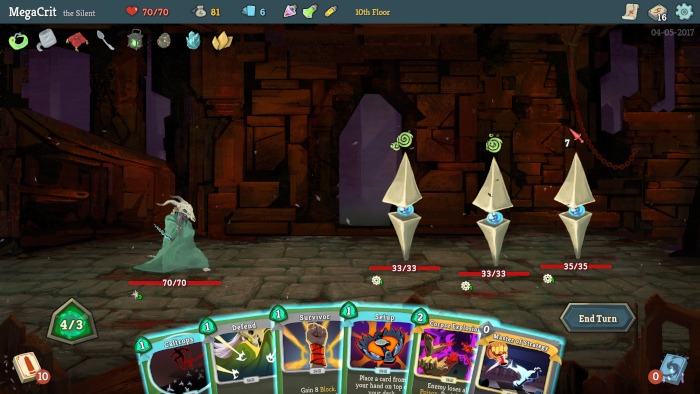
- Slay the Spire: Slay is the most beloved deck-building roguelite. It has simple, but hard-to-master mechanics and provides a perfect introduction to permadeath, randomized maps, and power scaling in roguelites through artifacts. If you’re looking for other deckbuilding roguelites, then I highly recommend looking at this list for more games.
- Risk of Rain 2: A third-person shooter that focuses on growing your character’s power through randomized artifacts. It features a metaprogression system that unlocks sidegrades, alternate attacks, and new characters. Thanks to its multiplayer component and simple controls, RoR2 is an easy game to jump into for a run or two with friends.
- Hades: An action RPG with a phenomenal story and a metaprogression system that rewards you for each death. In both roguelite and roguelike games, players are going to die a lot. But a good lesson to learn is that death is never the end, and it isn’t necessarily a bad thing. Each time you die and come back in Hades, players are treated to new dialogue and an opportunity to grow in strength.
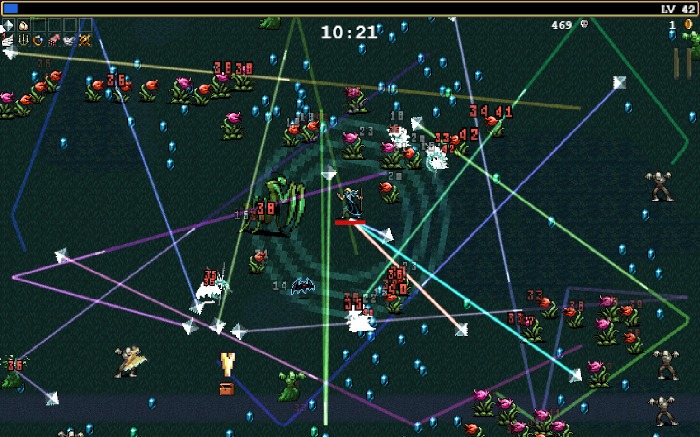
- Vampire Survivors: The most recent entry into this list, and also arguably one of the most impressive. It takes all of the popular mechanics of recent roguelites and refines it into a short minimalistic game. Rogue games that follow Vampire Survivors’ style rarely deviate from what made the original so popular, and instead focus on different classes and different forms of metaprogression.
- Dreamscaper: Part-life simulator, part-action RPG with roguelike elements, Dreamscaper is on par with Hades in terms of emotional storytelling and amazing action.
- Skul: The Hero Slayer: Combining metroidvania gameplay with roguelike elements, Skul is a charming game for anyone that prefers a side-scrolling adventure.
Monster Train is another fantastic deck building roguelite. If you’re as much of a fan as I am, then check out these two lists of the best units and best clan combos.



